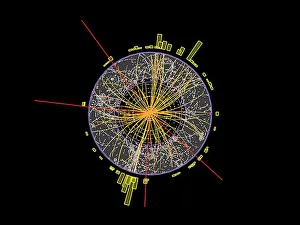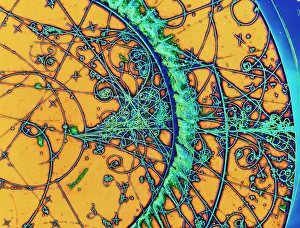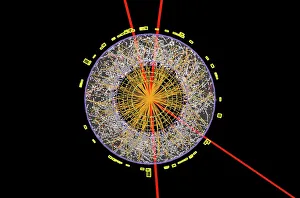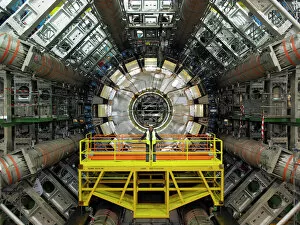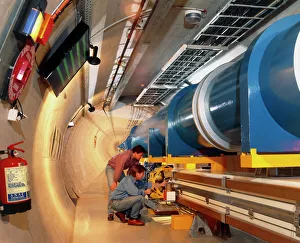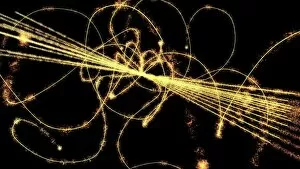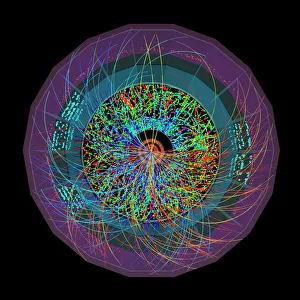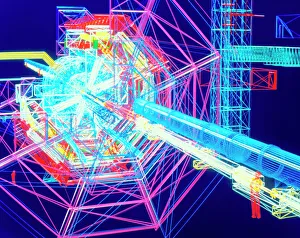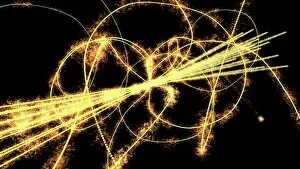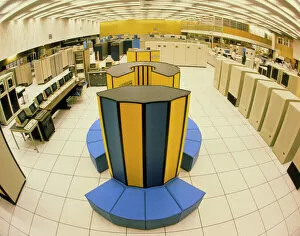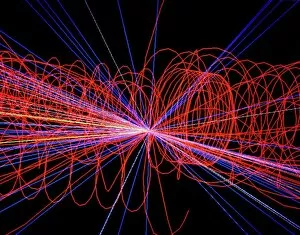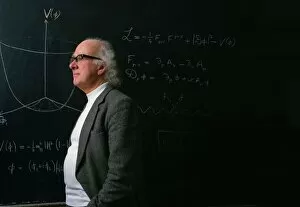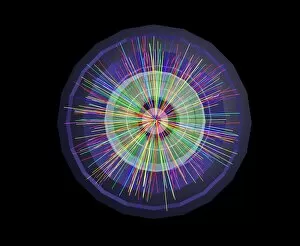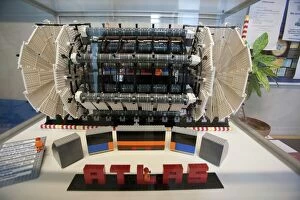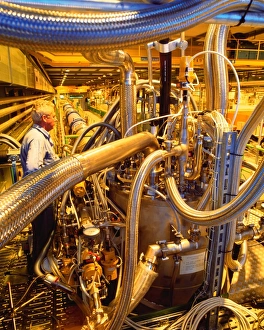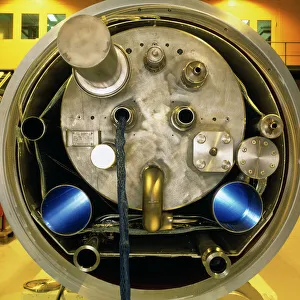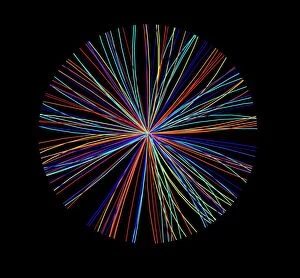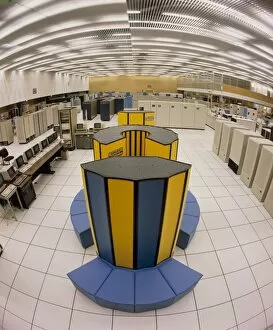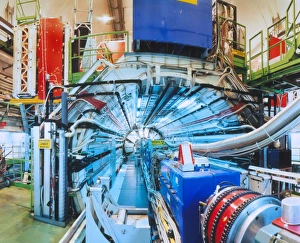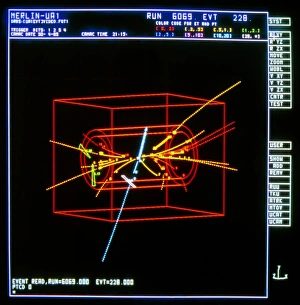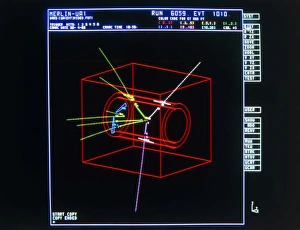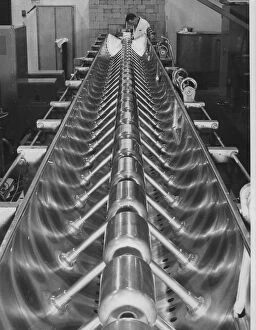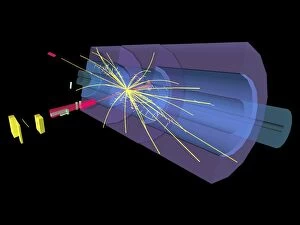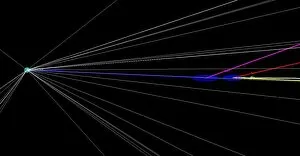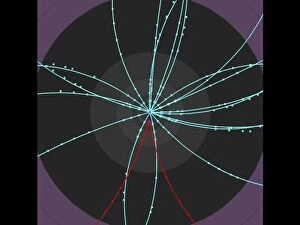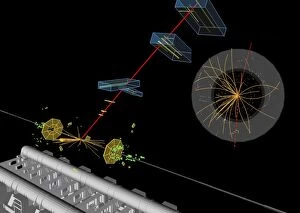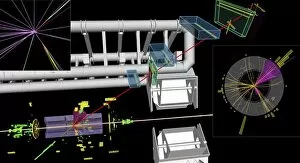Cern Collection
"CERN: Unveiling the Secrets of the Universe through Particle Tracks and Proton Collisions" Step into the fascinating world of particle physics at CERN
All Professionally Made to Order for Quick Shipping
"CERN: Unveiling the Secrets of the Universe through Particle Tracks and Proton Collisions" Step into the fascinating world of particle physics at CERN, where groundbreaking discoveries are made every day. Witness the mesmerizing trails left behind by particles in our quest to understand the fundamental building blocks of our universe. In one remarkable event, captured by the ATLAS detector, we delve into a proton collision that occurred in 1797. This historic moment paved the way for future breakthroughs and set us on an extraordinary journey towards unraveling nature's mysteries. Among these milestones is the awe-inspiring Higgs boson event, again observed by ATLAS detector but this time in modern times. The simulation showcases how this elusive particle was produced, shedding light on its role in giving mass to other particles. Marvel at a mock-up of CERN's crown jewel - the Large Hadron Collider (LHC). This colossal machine propels particles to unimaginable speeds before they collide with tremendous force, enabling scientists to explore uncharted territories within particle physics. The CMS detector stands as another testament to human ingenuity at CERN. Its intricate design captures fleeting moments when particles interact, providing invaluable insights into their behavior and properties. Artwork depicting lead ion collisions reminds us of CERN's continuous pursuit of knowledge. These experiments push boundaries further than ever before, revealing secrets hidden deep within atomic nuclei. Computer-generated art transports us inside ATLAS detector itself - a marvel of engineering that tirelessly sifts through vast amounts of data for traces of new phenomena waiting to be discovered. And amidst all these scientific endeavors lies an element of humor - a caricature featuring renowned physicist Brian Cox serves as a reminder that even complex research can have lighthearted moments along the way. CERN remains at forefront not only scientifically but artistically too; captivating artwork brings life to otherwise abstract concepts and fuels imagination about what lies beyond our current understanding.

